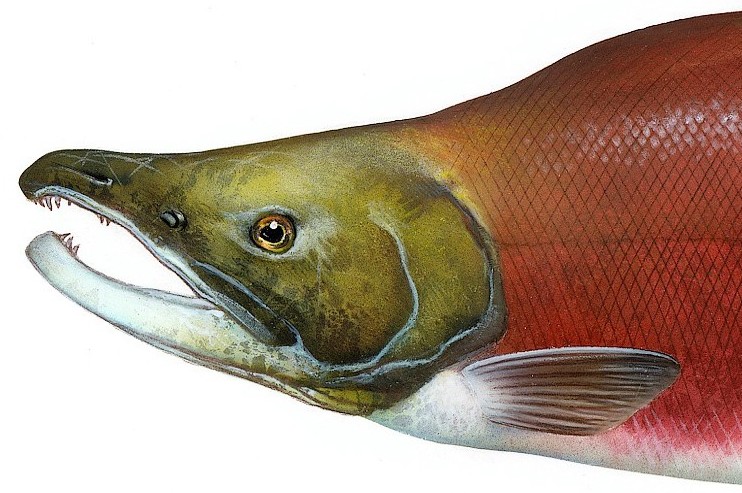A short post on the election, the electors, and the idea of a mandate.
Trump won a thumping majority in the Electoral College, surprising nearly everyone in media, including me. Like everything else about Trump, we didn’t see it coming.
There’s a lot of focus now on the popular vote. It’s not what determines the election, or anything else, but it seems to be the focus of a lot of Clintonist bitter-enders. They seem to think (or hope) that not having a popular vote plurality diminishes Trump’s legitimacy somehow, even though everyone knew the rules when they entered the race. This is not like Donovan McNabb not knowing that NFL games could end in ties. The rules are well-established and well-understood.
More importantly, as Jonathan Adler wrote in the Washington Post, the popular vote does not reflect a national sentiment precisely because it is not determinative.
The reason for this is because the electoral college system encourages the campaigns (and their surrogates and allies) to concentrate their efforts on swing states — those states in which the electoral votes are up for grabs — at the expense of those states in which one party or the other has no meaningful chance to prevail. The presidential campaigns make no meaningful effort to turn out votes in populous, but non-competitive states such as California, New York and Texas. There is no advantage to running up the score in a state that is solidly in one camp, nor is there much benefit in trying to drive up turnout in pursuit of a hopeless cause. … Under a popular-vote system, on the other hand, every vote in every state would count equally, and campaigns would be likely to devote substantial resources driving up turnout in these same states. We don’t have any particularly reliable guide as to what vote tallies such efforts would produce.
Maybe Clinton would have had a plurality under such a system, and maybe she wouldn’t. We have no way of knowing such a hypothetical result because that’s not the game the campaigns were playing.
So why even bring it up? That’s the question Kai Ryssdal of NPR’s Marketplace asked today.
Serious question: what’s the ultimate political purpose of pointing out Clinton won the popular vote?
— Kai Ryssdal (@kairyssdal) November 12, 2016
Many of the answers he received related to the idea of a mandate. Apparently, reminding Trump that he received fewer popular votes than Clinton will dispel the notion that he has a mandate. He can be President, they’re saying, but he should not enact any of his policies.
This is patent nonsense.
No one knows why the voters vote. We have exit polls, but even they can hardly discern what the voters want. The only thing we know is that a plurality of voters in states casting a majority of the electoral votes chose Trump. We do not know their reasons. And that would not change even if he had a popular vote majority, let alone a plurality.
In 2004, George W. Bush won a majority in the electoral college and in the popular vote. He considered this a mandate from the people and spent his political capital on a plan to privatize social security. Majority or not, the plan was dead on arrival. The people and the electors had cast more votes for Bush than his opponents, but that did not mean that they or Congress had voted for that scheme in particular.
Besides being fanciful, the mandate issue is also quite obviously born of convenience. If the vote count ends with Trump having a plurality, does anyone think the anti-Trump protestors will lay down their placards and say “Yes, let’s build that wall”? No, they would not. Instead, they would oppose Trump for a reason that requires no math at all: because they think he is wrong.
A President need not lack a majority to earn your opposition, nor does the presence of a majority require your acquiescence. Trump won, but if you find yourself opposed to any of his policies, you should work against them no matter how the vote turns out. And you don’t have to eliminate the Electoral College to do it.

